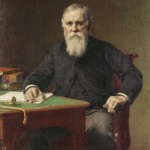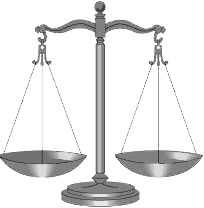In Too Deep?
 Thank you, Professor O’Hear and Professor Slavin for inviting me to share my comments with the Marquette University Law School community.
Thank you, Professor O’Hear and Professor Slavin for inviting me to share my comments with the Marquette University Law School community.
On my first day of law school, former Marquette Professor Eric Goldman informed our orientation group that, much to his own dismay, the practice of law is nothing like it is portrayed on television. “What?” I thought, “You mean cases can’t be tried start to finish in one hour?”
Although I never truly expected that practicing law would resemble the television shows, I realized that there was value to be gained by watching these shows. Not only do they offer a bit of light-hearted entertainment, but also an opportunity to test those years of legal education.
One of the most recent newcomers to legal television is ABC’s new dramedy, “The Deep End.” In “The Deep End,” five new associates join L.A.’s most prestigious law firm—Sterling, Huddle, Oppenheim, & Craft. As the show’s title would imply, these associates are immediately thrown into the deep end. I can appreciate that filming document reviews and the preparation of written discovery would not make for entertaining television. I also understand that filming legal research in a law library filled with Pacific Reporters is better cinema photography than filming. Thus, within their first week of practice, the legal neophytes are handling motion hearings, taking depositions, meeting with the firm’s major clients, and of course, groping each other, their support staff, and their clients.

 Michael Ariens has,
Michael Ariens has,  The first half of the Top Ten list was posted yesterday
The first half of the Top Ten list was posted yesterday